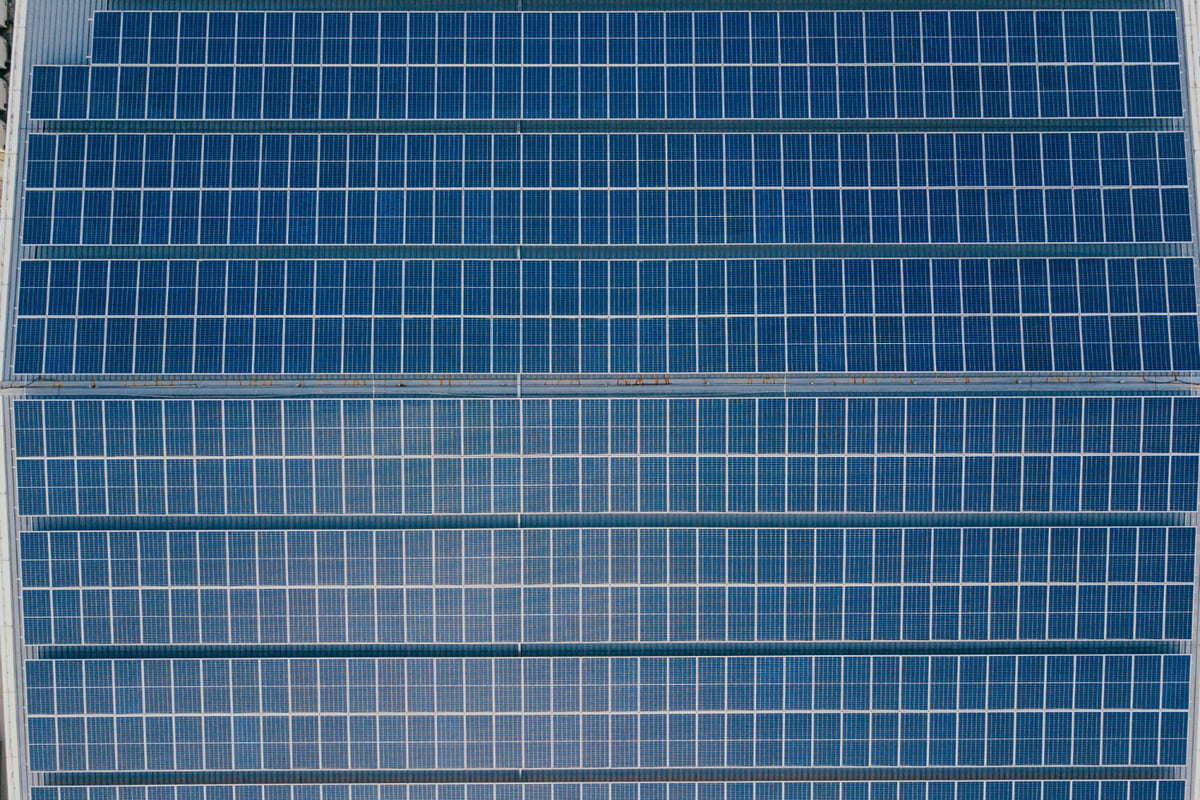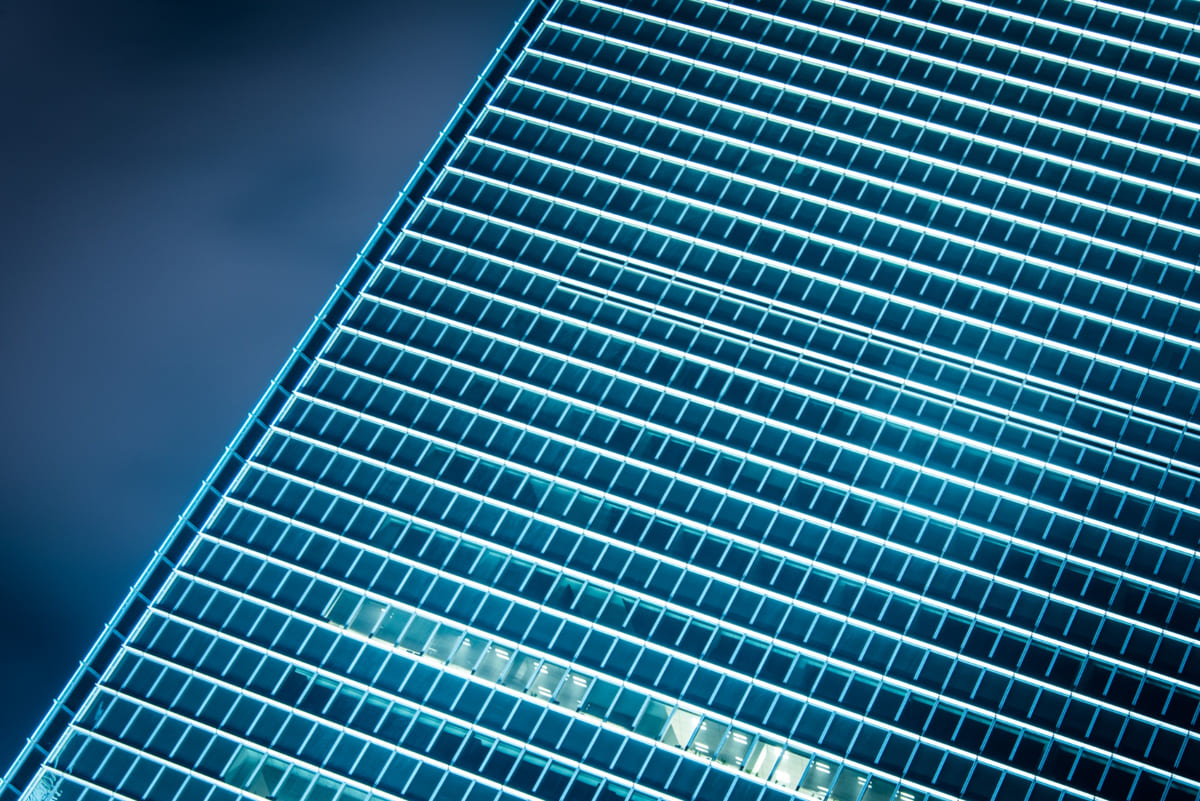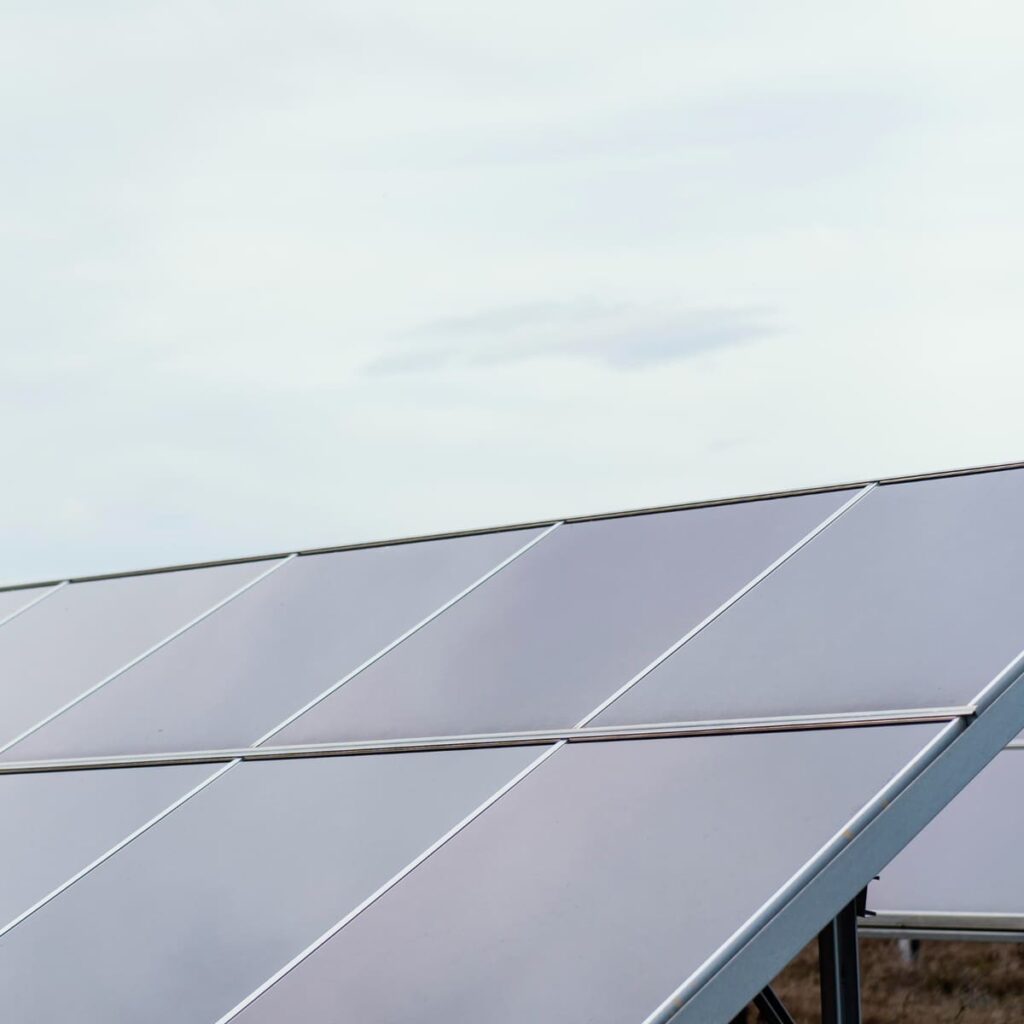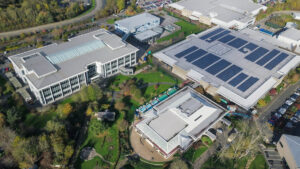The evolution of solar technology has progressed significantly beyond traditional rooftop panels. A pivotal advancement in this field is the emergence of the Transparent Solar Panel, a technology that seamlessly integrates photovoltaic capabilities directly into architectural elements. Unlike conventional solar modules that are typically mounted onto existing structures, transparent solar panels are designed to replace standard building materials such as windows, skylights, and facades, serving a dual purpose: generating clean electricity while simultaneously fulfilling essential building functions like weather protection, thermal insulation, and noise reduction. This inherent multifunctionality positions the transparent solar panel as a transformative component in modern urban architecture, moving buildings from passive energy consumers to active energy producers.
The integration of transparent solar panels is particularly critical in dense urban environments where undeveloped land is scarce and expensive, making traditional ground-mounted solar farms impractical. By leveraging the vast surface area of building envelopes, transparent solar panels offer an optimal method for deploying renewable energy systems directly within the urban fabric. This article will explore seven key benefits that transparent solar panels bring to urban architecture, highlighting their technical advantages and practical implications for sustainable urban development.
Table of Contents
Core Benefits of Transparent Solar Panels in Urban Environments
The strategic adoption of transparent solar panels in urban architecture yields a multitude of advantages, ranging from enhanced energy independence to improved aesthetic and functional building performance.
1. Seamless Aesthetic Integration
One of the most compelling benefits of the transparent solar panel is its ability to blend imperceptibly into architectural designs, offering a visually appealing alternative to opaque solar modules. This technology allows architects and designers unprecedented flexibility, enabling them to incorporate solar energy generation without compromising the building’s visual integrity or design intent.
Transparent solar panels can be customized in terms of color, transparency levels, and even shape, allowing for creative applications that were previously unattainable with traditional solar technology. For instance, companies are developing BIPV facades that are highly customizable in design and color, transforming building envelopes into energy-generating canvases that merge architectural elegance with solar efficiency. This aesthetic versatility is crucial for widespread adoption in urban settings where architectural harmony is often a primary concern.

2. On-Site Renewable Energy Generation
Suggested article to read: Nearly Zero Energy Buildings (NZEB); Ultimate Guide 2024
3. Enhanced Daylighting and Visual Comfort
Unlike opaque solar panels, transparent solar panels are specifically designed to allow natural light to pass through, maintaining interior brightness and preserving views. This is achieved through advanced materials that selectively absorb specific wavelengths of light, such as ultraviolet (UV) and near-infrared (NIR), for energy conversion, while remaining visibly transparent or semi-transparent. The integration of transparent solar panels into windows and skylights can reduce the need for artificial lighting during daylight hours, leading to further energy savings. This controlled daylight illumination also enhances visual comfort for occupants, contributing to a more productive and pleasant indoor environment.
4. Improved Thermal Performance and Solar Gain Control
Transparent solar panels can significantly influence a building’s thermal performance by acting as an intelligent component of the building envelope. They can provide thermal insulation, helping to regulate indoor temperatures and reduce heating and cooling loads. By selectively absorbing or reflecting certain wavelengths of solar radiation, transparent solar panels can control solar heat gain, preventing excessive heat buildup in interiors during warmer months. This capability is particularly beneficial in urban areas where buildings are often exposed to intense sunlight, leading to significant cooling demands. The ability to manage solar gain contributes directly to a building’s overall energy efficiency and occupant comfort, similar to how optimizing building automation systems can drastically reduce energy consumption by preventing unnecessary heating or cooling.

5. Optimal Space Utilization in Urban Areas
In densely populated urban environments, available space for energy generation is a critical constraint. Traditional solar installations often require significant rooftop area or dedicated land, which is scarce and expensive in cities. Transparent solar panels overcome this limitation by utilizing existing building surfaces—such as windows, facades, and skylights—that would otherwise remain passive components. This innovative approach maximizes the energy harvesting potential of a building without requiring additional footprint, making it an ideal solution for urban architecture. The strategic integration of transparent solar panels on both roofs and facades is essential for maximizing self-consumption and improving grid stability by balancing energy generation across different orientations and seasonal variations.
6. Contribution to Net-Zero Energy Building Goals
The global push towards decarbonization and the increasing demand for zero-energy buildings (ZEB) make transparent solar panels an indispensable technology. These buildings are designed to consume only the amount of energy that can be generated on-site through renewable sources over a defined period. By seamlessly integrating into the building envelope and generating electricity, transparent solar panels directly contribute to reducing a building’s net energy usage and mitigating greenhouse gas emissions. International regulations, such as EU mandates requiring new buildings to be nearly zero-energy, are significantly accelerating the deployment of such integrated photovoltaic solutions. The multifunctionality of transparent solar panels, providing both energy generation and building envelope functions, positions them as a critical tool for achieving these ambitious sustainability targets.

7. Noise Reduction and Acoustic Insulation
Beyond energy generation and aesthetic appeal, certain transparent solar panel systems can also contribute to the acoustic performance of a building. As an integral part of the building envelope, these panels can be designed to provide noise protection, enhancing the interior comfort of urban structures. This is particularly relevant in bustling urban environments where noise pollution from traffic, construction, and other city activities can significantly impact indoor quality of life.
By incorporating materials and designs that offer sound-dampening properties, a transparent solar panel can serve as an effective barrier against external noise, creating quieter and more conducive indoor environments for occupants. This added benefit further solidifies the role of transparent solar panels as a comprehensive, multi-functional solution for modern urban architecture.
FAQs
How do transparent solar panels generate electricity while remaining see-through? Transparent solar panels utilize advanced materials like organic photovoltaics (OPV) or quantum dots that selectively absorb specific wavelengths of light, such as ultraviolet (UV) and near-infrared (NIR), for energy conversion, while allowing visible light to pass through, making them appear transparent or semi-transparent.
What are the primary applications of transparent solar panels in urban architecture? The primary applications of transparent solar panels in urban architecture include integration into windows, facades, and skylights of commercial and residential buildings, allowing these surfaces to generate power while providing natural lighting and maintaining aesthetic appeal.
Which types of transparent solar panel technologies show the most promise for future urban development? Perovskite solar cells are highly promising due to their high efficiency, flexibility, and potential for semi-transparency, making them ideal for windows and facades. Organic Photovoltaics (OPV) and Quantum Dot Solar Cells (QDSC) also show significant potential for their lightweight, flexible, and transparent properties.
Is it true that transparent solar panels can help reduce a building’s energy consumption beyond just electricity generation? Yes, it is true. Beyond generating electricity, transparent solar panels can improve a building’s energy efficiency by providing thermal insulation, controlling solar heat gain to reduce cooling loads, and enhancing daylighting, thereby decreasing the need for artificial lighting and contributing to overall energy savings.
Conclusion
The advent of the transparent solar panel marks a significant leap forward in sustainable urban development. By seamlessly integrating into the very fabric of buildings, these innovative panels offer a compelling array of benefits that extend far beyond simple electricity generation. From enhancing architectural aesthetics and optimizing urban space utilization to improving thermal comfort, reducing noise, and making substantial contributions to net-zero energy goals, the transparent solar panel is redefining the relationship between buildings and energy.
While challenges related to cost and efficiency optimization persist, ongoing advancements in materials like perovskites, thin-films, and quantum dots are continuously improving their performance and viability. As urban centers continue to grow and the demand for sustainable, energy-resilient infrastructure intensifies, transparent solar panels are poised to become an indispensable component of modern urban architecture, paving the way for a greener, more efficient, and visually harmonious built environment.
Resources:
Energy Evolution Conference. (2024, August 27). Perovskite solar cells.
Energy.sustainability-directory.com. (2025, April 29). What are BIPV material advancements?.
Grand View Research. (n.d.). Quantum dot solar cells market report.
IEA PVPS Task 15. (2025). Building-integrated photovoltaics technical guidebook.
MDPI. (2025, January 27). Fire Safety Assessment of Building-Integrated Photovoltaics (BIPVs).
Natural Resources Canada. (n.d.). Building-integrated photovoltaics.
New Day Solar. (2025, January 30). Innovative solar energy trends for 2025 and beyond: The future of solar technology.
Perovskite-Info. (2025, April 18). BIPV.
For all the pictures: Freepik
Suggested article for reading:
4 Streamlining Construction Supply Chains with AI-Powered Platforms
6 Benefits of Integrating IoT with Asset Tracking Systems
5 Leading Sensor Companies in Structural Health Monitoring for Construction
6 Sensor Technology Leaders Driving Sustainable Construction in 2025
3 Case Studies Showcasing Successful Asset Tracking Implementations in Construction
5 Ways AI Enhancing Safety and Efficiency in Construction Projects




